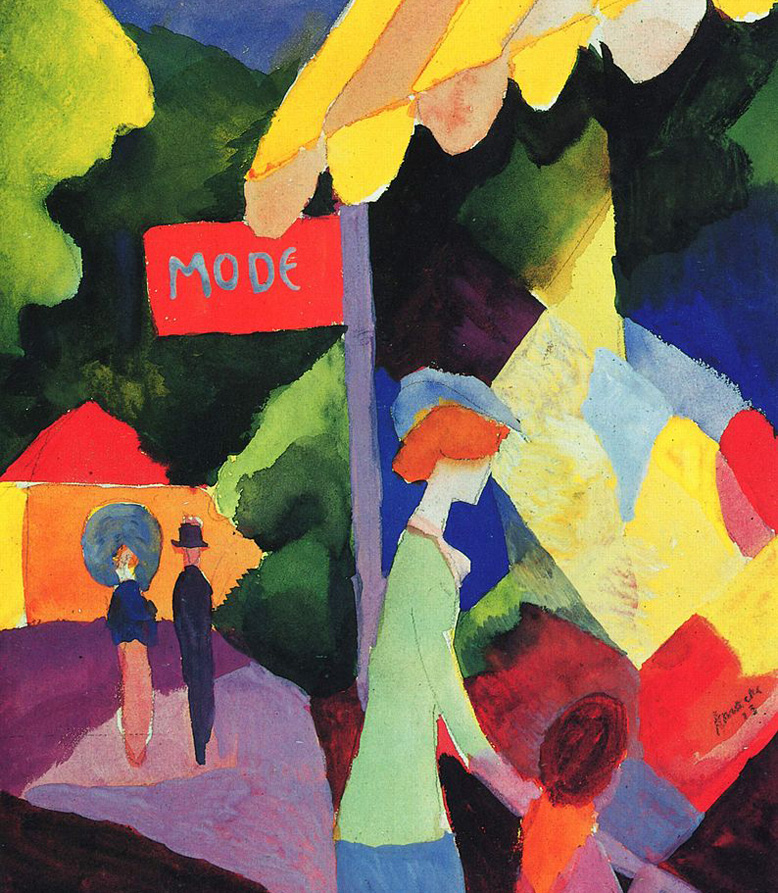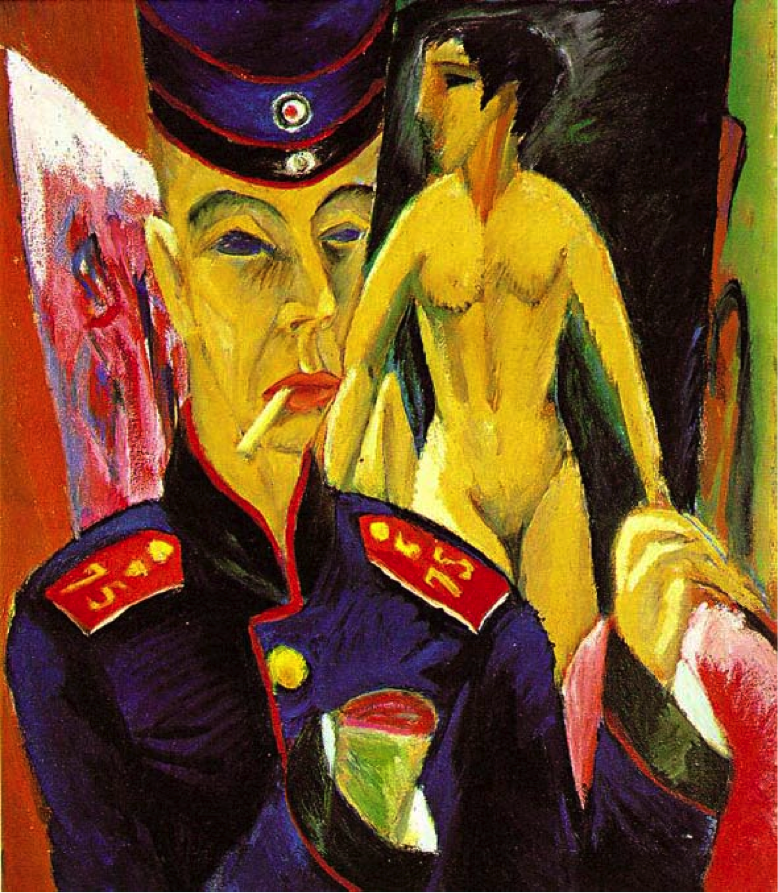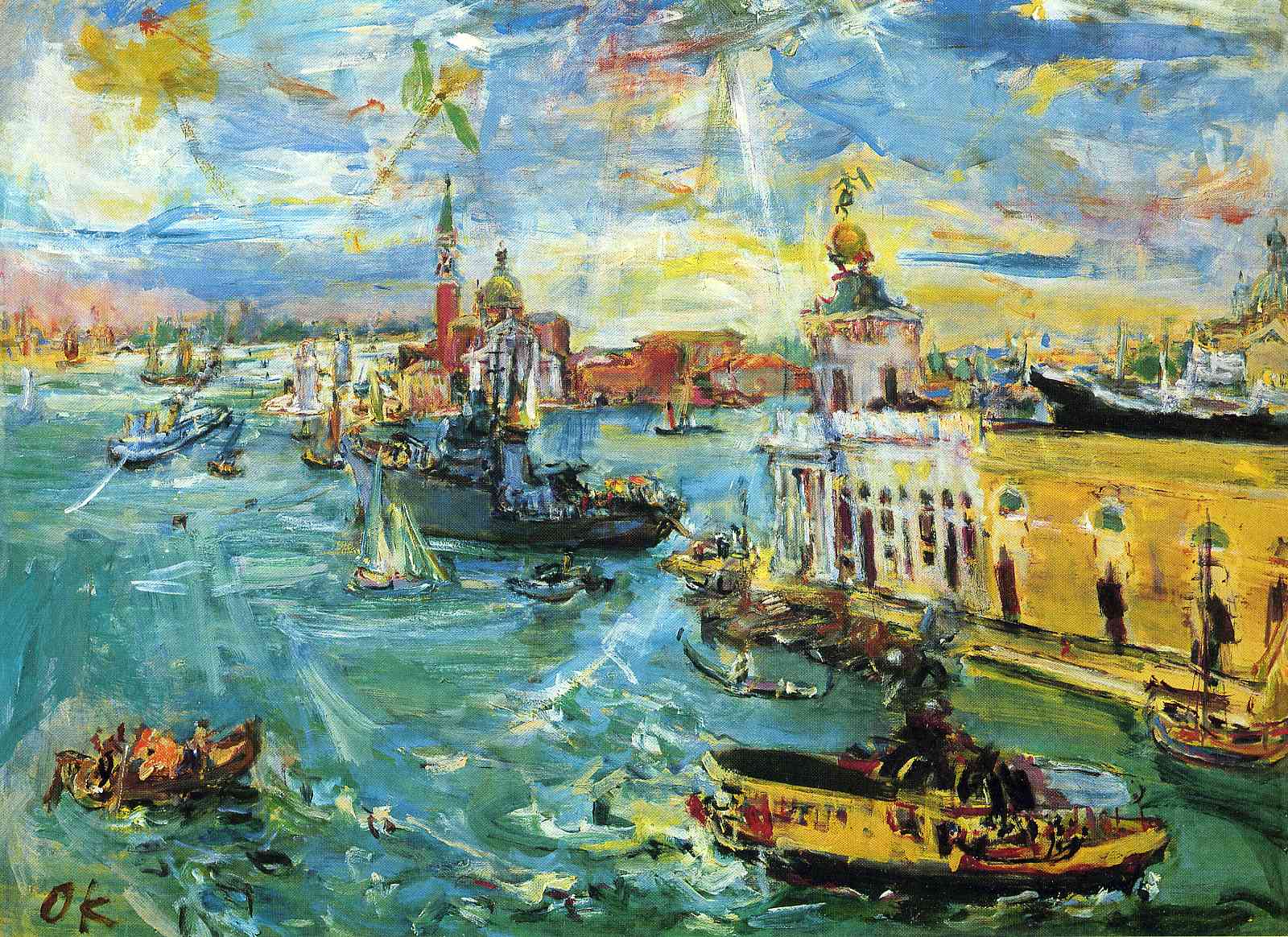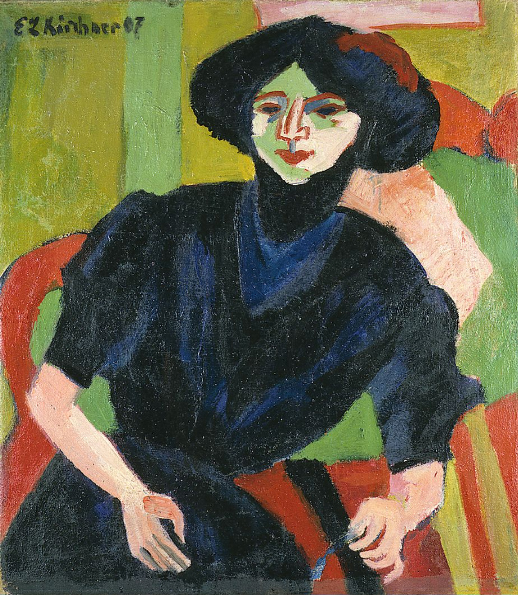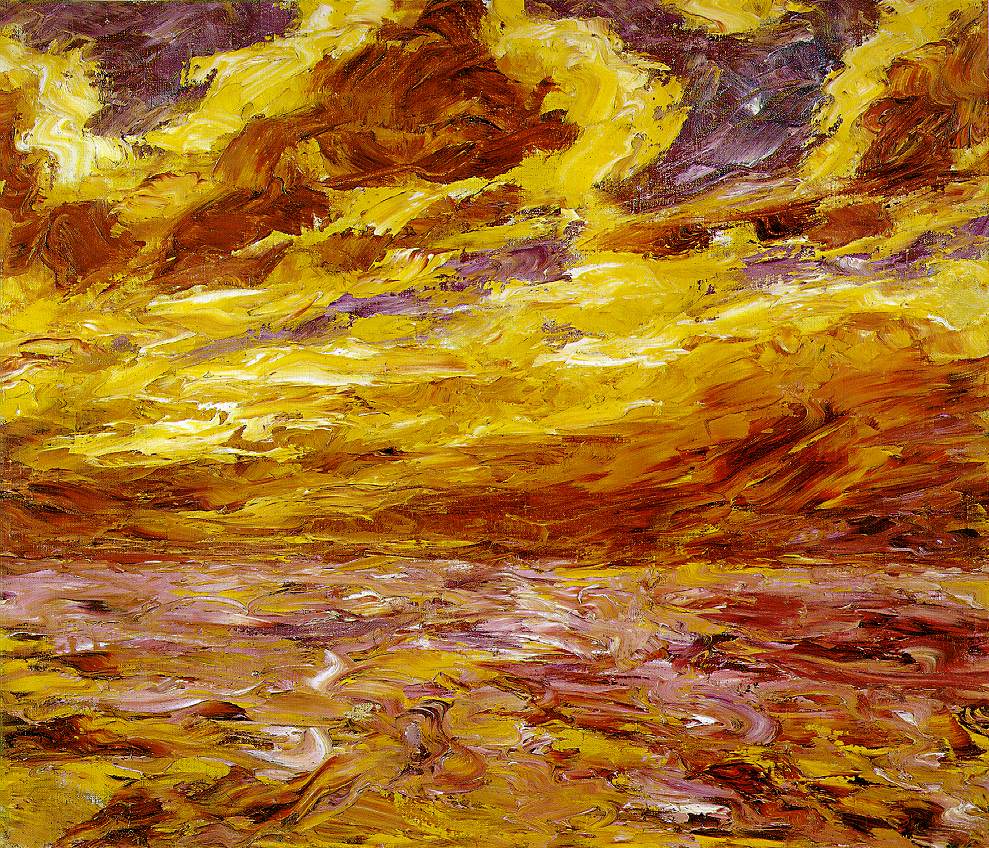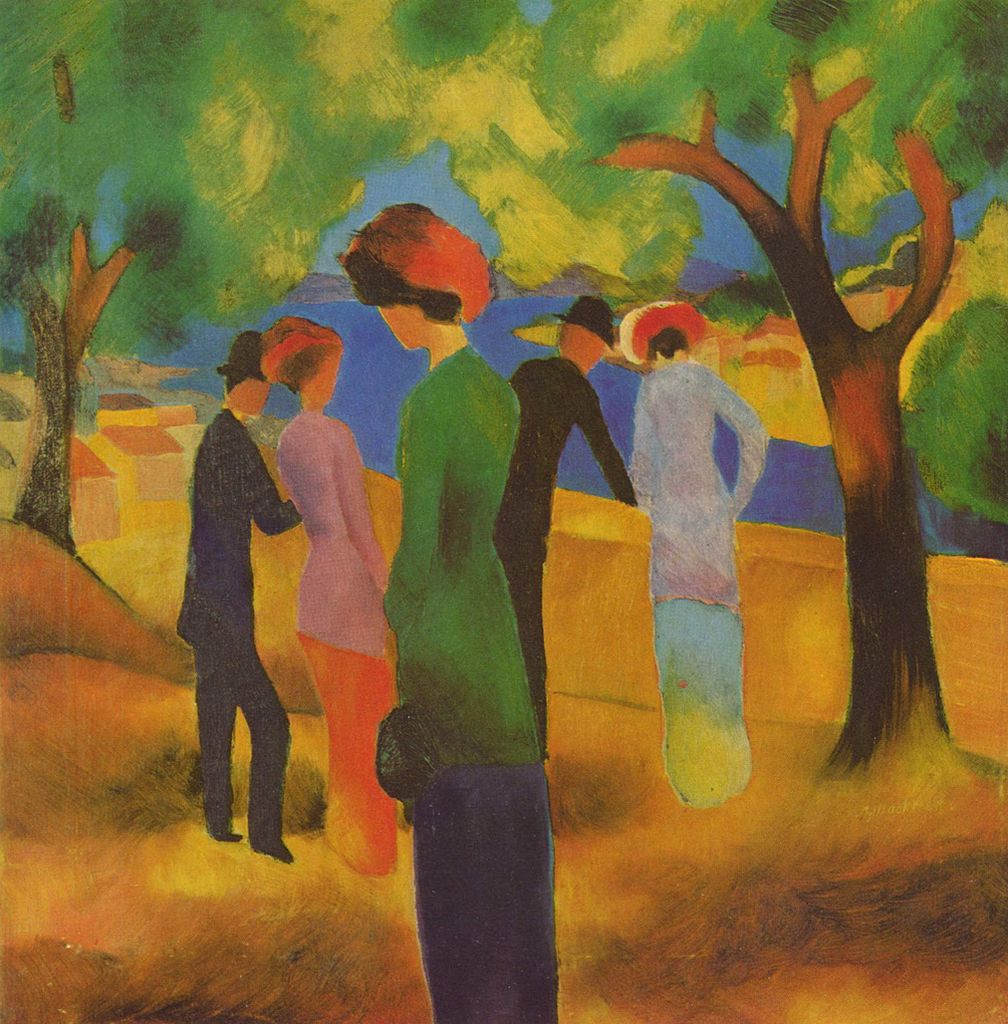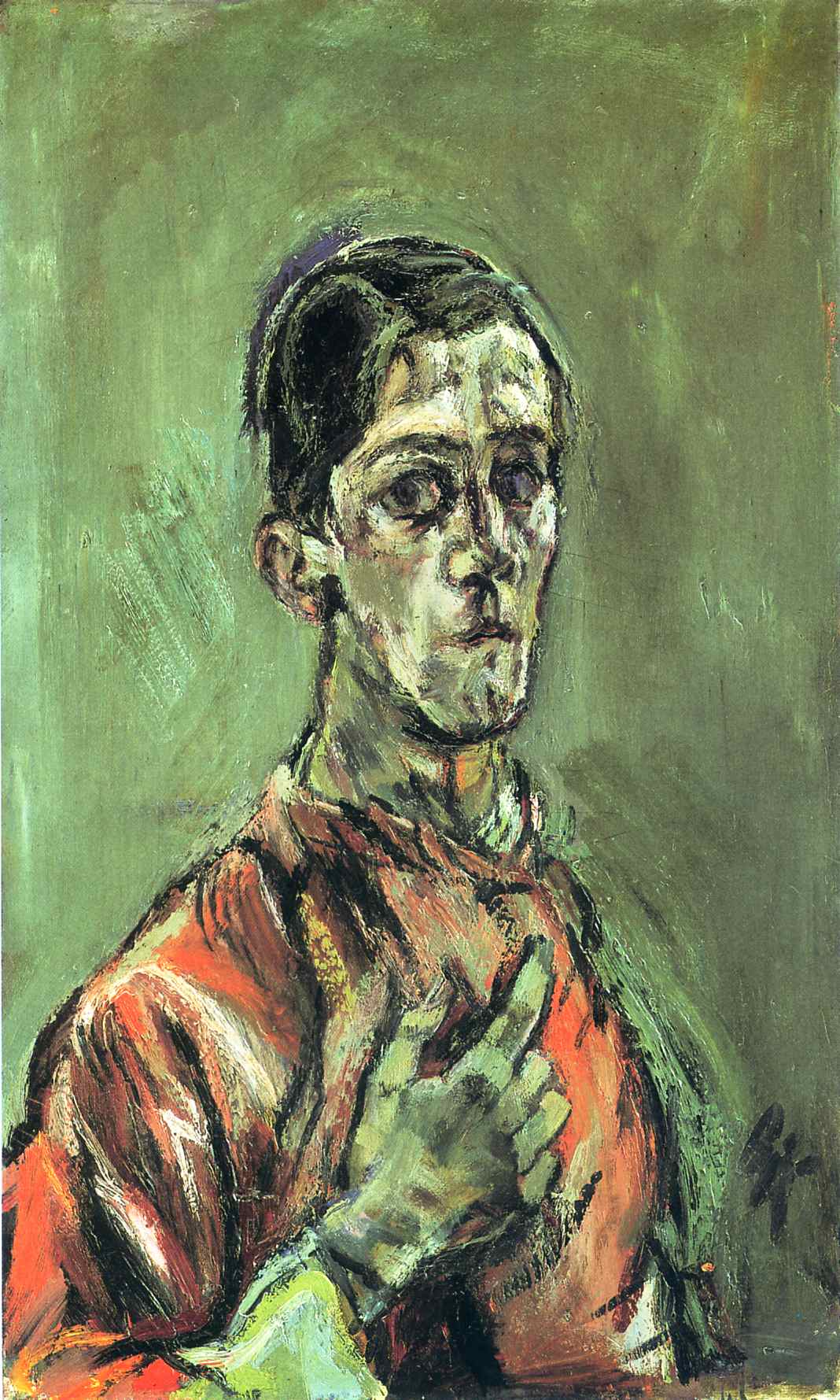German Expressionism
German Expressionism is a cultural movement that started the First World War, and had its peak during the 1920’s. It can best be described as a creative movement, although, especially where the painters are concerned, it was also a mindset. German Expressionism was represented, in the early days, by two groups of artists, Die Bruecke in the North of Germany and Der Blaue Reiter in the South.
German Expressionist Painters
German Expressionism (the German Expressionist movement) started with painters who rebelled against the bourgeois culture of Germany before the First World War. Later they were joined by other artists such as poets, playwrights, architects, novelists and filmmakers. Similar Expressionist movements sprang up throughout North and Central Europe. The German Expressionist painters suffered greatly under Nazi rule. Some of the most talented German expressionist painters died fighting in the two World Wars. The painters that survived got scattered through Europe.
Der Blaue Reiter
Wassily Kandinsky was the main force behind Der Blaue Reiter. He had already formed the artist group “Phalanx” and the “Neue Künstlervereinigung München”. When he founded Der Blaue Reiter in 1911, it was as a response to the “Neue Künstlervereinigung München” that had, in his eyes, grown too strict in its outlook and too traditional. He was joined by Franz Marc, Alfred Kubin, Gabriele Münter, August Macke, and Paul Klee; they were also in close contact with: Alexej von Jawlensky, Marianne von Werefkin and the composer Arnold Schönberg. The name Der Blaue Reiter came from a title of one of Kandinsky’s paintings, although Kandinsky himself later said that it was a combination of his fondness for the horses Franz Marc painted and his own love of riders. Together with the artist group Die Brueke in the North, Der Blau Reiter would become the driving force behind what we now call German Expressionism.
